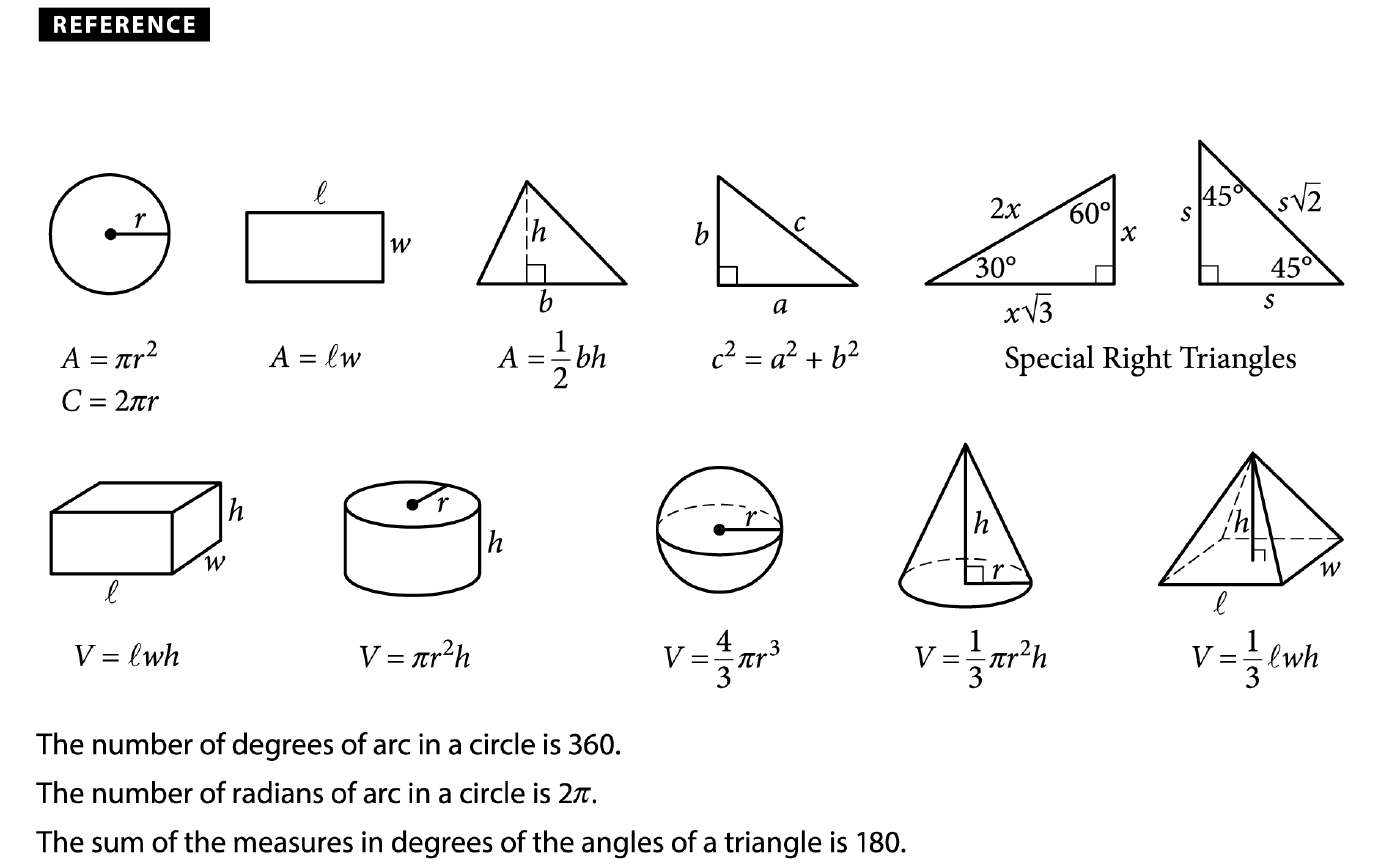Consider the following system of equations with variables A and B and constant integers X and Y:
A + 2B = 4
XA + YB = 4X
By what number must the sum of X and Y be divisible in order for the two equations to have infinitely many solutions?
Correct Answer:
Your Answer:
Explanation
3 There will be infinitely many solutions if the two equations are multiples of the same equation. The coefficients of the A and B terms in A + 2B = 4 add up to 3 because they are 1 and 2. Since XA + YB = 4X is divisible by 4 on the right-hand side, as is the other equation, the sum of X and Y must also be divisible by 3 in order for the two equations to be multiples of one another. To replicate the structure of the first equation, Y must equal 2X so that the two equations will be multiples of one another. To see this with greater clarity, consider this example:
A + 2B = 4
XA + YB = 4X
If the second equation had X = 2 and Y = 4, the equation would be twice the first equation: 2A + 4B = 8. This equation is simply a multiple of the first one, making them essentially identical. As a result, there are infinitely many solutions since the equations overlap each other when graphed.
